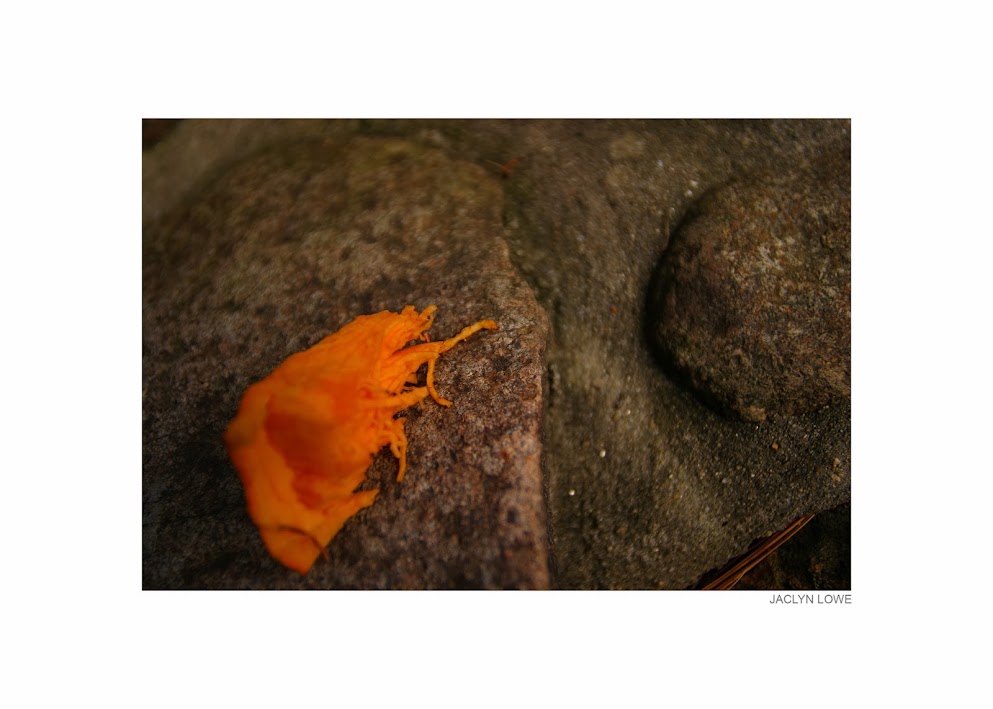Dorothea Lange was born in Hoboken, New Jersey on May 26, 1895. She is one of the most influential photographers and her photo Migrant Mother is probably one of the most recognizable photos ever. Lange attended Columbia University in New York City and was an apprentice to many, informally. Lange moved to San Francisco and when the Great Depression was at it's peak, photographed the homeless and forgotten. Lange also took pictures of Japanese internment during the attack after pearl harbor. Later in Lange's life she founded Aperature Magazine which even after her death is still running today.
Whenever talking about Lange, you always should come across this photo, Migrant Mother. It's the icon for the great depression and just has perfect composition. It has perfect formal balance between the two children with their faces turned to the camera and the expression on the woman is perfect. Their clothes are in tatters and I'm sure the woman looks older than her actual age. What I find quite disturbing is the hidden baby and how dirty it's face is. It really gives a tremendous idea of how the great depression affected people.
What I like in this image is both of the expression on the kid's faces. They look worn down, grumpy and tired. I'm pretty sure that this was a dust bowl photo and you can tell by the dirt smudged on the little girl's face.
What I like about this image is the sign. It says "Next time try the train. Relax." It's almost as if the sign is mocking the dust bowl refugees. They don't have the money to take a train and I'm sure the dust bowl caused them to lose everything besides what they're carrying. In such rough times they don't have the money to relax and it's really unfortunate. It seems that nothing is going their way.











